Germany Language Alphabet
2023-09-01

The German alphabet, with its unique characters and pronunciation rules, stands as a testament to the rich linguistic heritage of Germany. If you’re intrigued by languages or planning a trip to Germany, understanding the German alphabet is essential. In this article, we’ll take you on a journey through the intricacies of the German alphabet, shedding light on its history, pronunciation, and unique characters.
The Foundation: Latin Roots
The German alphabet is rooted in the Latin script, just like English. However, it contains some distinctive characters that set it apart. Let’s delve into these unique features.
Standard Characters
The German alphabet consists of 26 standard characters, which are almost identical to the English alphabet. However, there are a few notable differences in pronunciation.
Umlauts – ä, ö, ü
One of the most distinctive aspects of the German alphabet is the inclusion of umlauts. These are two dots placed above specific vowels: ä (pronounced like “ae” in English), ö (similar to “oe” in English), and ü (comparable to “ue” in English).
ß – The Eszett
The Eszett, often called the “sharp S,” is a unique character in the German alphabet. It represents a double ‘s’ sound and is commonly used in the middle of words, such as “Straße” (street).

Pronunciation Matters
Understanding the German alphabet is incomplete without grasping its pronunciation nuances. Let’s break down some key points.
Phonetic Pronunciation
German pronunciation tends to be more phonetic than English. Each letter usually has a consistent sound, making it easier for learners.
Vowels and Consonants
German vowels are pronounced more distinctly than in English. Pay attention to the umlauts and their unique sounds. Consonants like ‘ch’ can also be challenging for beginners.
Alphabet for All Ages
The German alphabet is not just a set of characters; it’s an integral part of German culture and education. Children learn it from a young age, and there are fascinating stories behind each letter.
The ABC Song
Just like in many other cultures, German children have their own version of the ABC song. It’s a fun way to introduce kids to the alphabet.
Youtube
https://youtu.be/C7gI4muco-o
Historical Evolution
The German alphabet has evolved over centuries, and some letters that were once part of it have disappeared. Understanding this evolution can provide valuable insights into the language’s history.
Learning the German Alphabet
If you’re interested in mastering the German alphabet, there are several effective methods to consider.
Language Apps
Numerous language-learning apps offer interactive lessons and pronunciation guides for the German alphabet.
Language Classes
Enrolling in a language class with a qualified instructor can provide structured learning and valuable feedback.
Practice Makes Perfect
Consistent practice is key. Writing out the alphabet and practicing pronunciation daily can significantly boost your skills.
Conclusion
The German alphabet, with its Latin roots, umlauts, and unique characters, is a gateway to the rich world of the German language. Whether you’re a language enthusiast or planning a visit to Germany, understanding this alphabet is a valuable skill. Embrace the challenge of pronunciation, explore its historical roots, and embark on a journey to master the German alphabet.
FAQs
Is the German alphabet similar to the English alphabet?
While both alphabets share some characters, the German alphabet has unique characters like umlauts and the Eszett.
What are umlauts, and how are they pronounced?
Umlauts are two dots placed above vowels, and they alter the vowel’s pronunciation. For example, ‘ä’ sounds like ‘ae’ in English.
Why is the Eszett important in the German language?
The Eszett represents a distinct sound and is commonly used in German words. It’s crucial for correct spelling and pronunciation.
Are there any special techniques to master the German alphabet’s pronunciation?
Consistent practice, using language apps, and taking language classes are effective ways to improve your pronunciation.
Where can I access resources for learning the German alphabet?
You can find numerous resources online, including language-learning apps and websites. Additionally, language classes are offered by many institutions for in-depth learning.
Now that you’ve unlocked the secrets of the German alphabet, you’re one step closer to exploring the rich world of the German language. Embrace the challenge, practice diligently, and soon you’ll be reading and speaking German with confidence
Share
Tag
Related Blog

15 List of German Last Names(Surnames) + Meanings
2024-01-14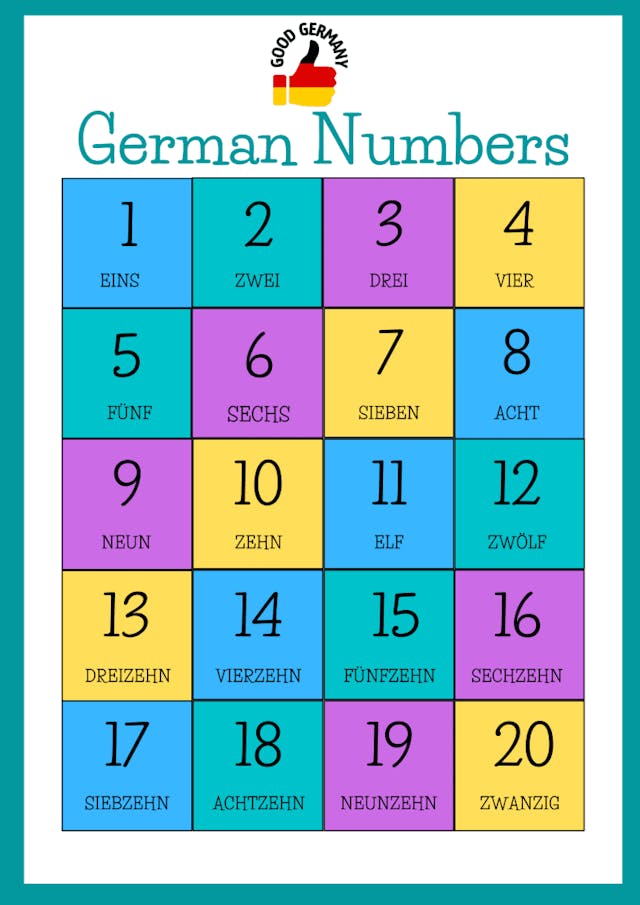
German Numbers – From 0 To 2000
2023-09-07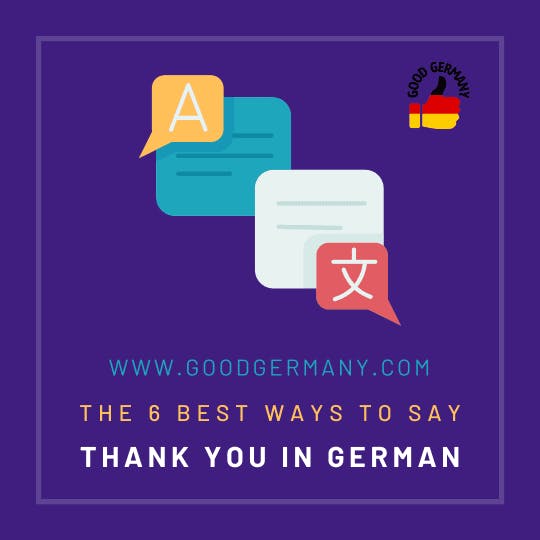
The 6 Best Ways To Say Thank You In German
2023-09-07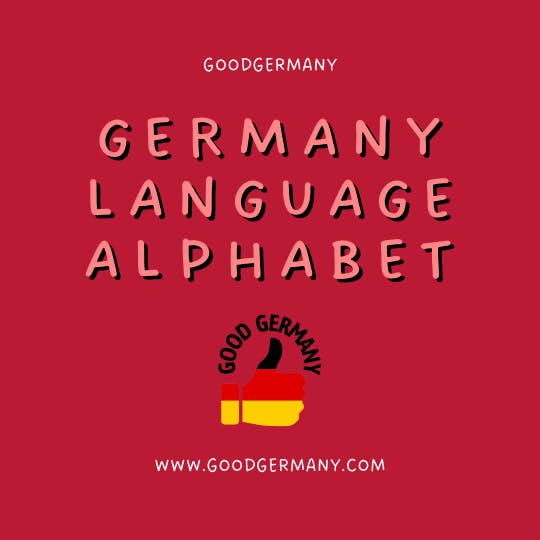
Germany Language Alphabet
2023-09-01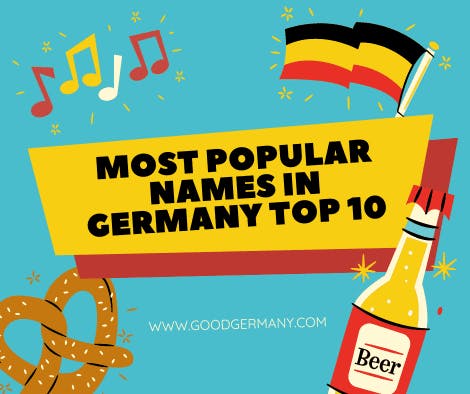
Most Popular Names in Germany Top 10
2023-08-28
German Prepositions with Dative vs. Accusative: A Comprehensive Guide
2023-08-27
Greetings by Region: German
2023-07-24
German Basic Conversation
2023-07-13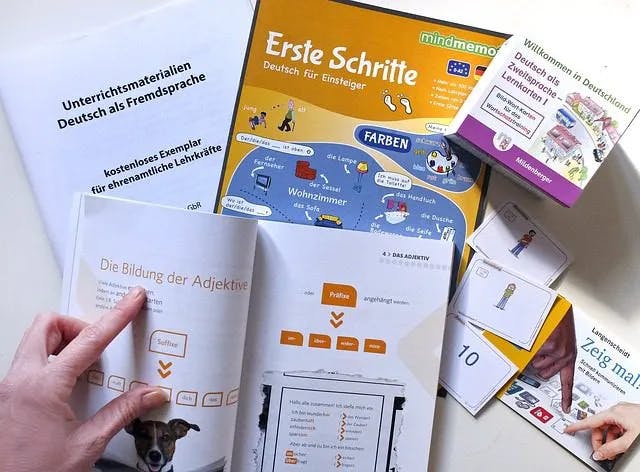
Best Site to Learn German - Top 12
2023-07-06